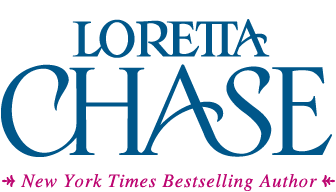In Lord of Scoundrels, Lord Dain refers to an event occurring between Candlemas and Lady Day. These dates may not mean much to many readers. Following is a short explanation, which I originally wrote for Two Nerdy History Girls. ***
In my book Lord of Scoundrels, Lord Dain refers to an event occurring before Lady-Day. He does not mean the singer Billie Holiday.
He’s referring to a Quarter Day, as do characters in many books. These are important dates in the British calendar, as the following page illustrates. It’s from a little instruction manual, The Guide to General Information on Common Things (1868).
According to Hone’s Every-day Book, Vol 1, “Lady Day is a holiday at the Public Offices, except the Excise, Stamp, and Custom.” He describes various religious festivals associated with the day, then goes on to note: “In England, Lady Day is only remembered as the first quarter-day of the year, and is therefore only kept by tenants who truly pay rent to their landlords.”
However, servants were customarily paid on quarter days as well. Though we tend not to use religious holidays as the marking points nowadays, we do continue to to divide the year into quarters for various financial transactions, e.g. quarterly reports.
William Hone explains Candlemas here.
Image: William Redmore Bigg,The Severe Steward, or Unfortunate Tenant (1800-01), courtesy Yale Center for British Art, Paul Mellon Collection.
Clicking on the image will enlarge it. Clicking on the caption will allow you to read at the source, where you can learn more and enlarge images as needed.



